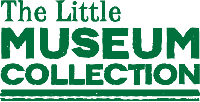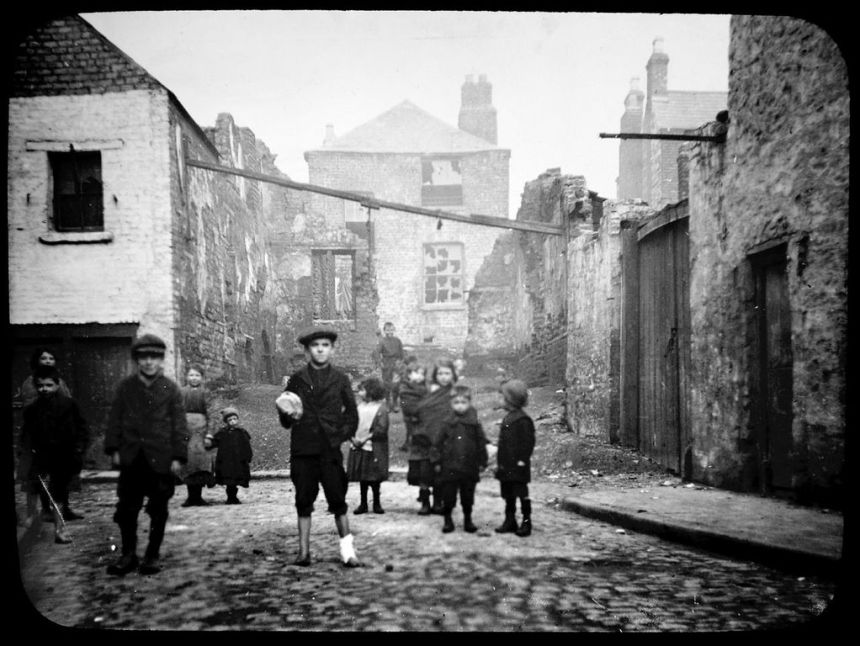Souvenir of the Irish International Exhibition, 1907
 The Irish International Exhibition was held in Herbert Park in 1907
The Irish International Exhibition was held in Herbert Park in 1907
The Irish International Exhibition was the key social event of the first decade. It was hosted on the grounds of Herbert Park in Ballsbridge between May and November of 1907. The aim was to promote domestic industry by showcasing Irish products, as well as encouraging the development of commercial links by inviting all countries to exhibit their goods.
Nearly three million visitors came to ogle at everything from industrial machinery to fine art, but the main attraction was a full-scale Somali village and the rare whimsy of a water chute and switchback railway.
Permanent Collection
Listen to a reading of the opening address by the Lord Lieutenant and Earl of Aberdeen, John Campbell:






You must be logged in to post a comment.